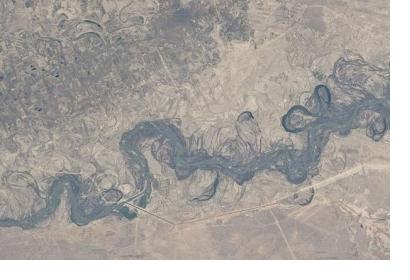In November 2016, the German Aerospace Centre (DLR) will install its Earth Sensing Imaging Spectrometer (DESIS) at the International Space Station (ISS). The spectrometer will be used to monitor natural hazards such as fires, floods, and droughts through the scan of multiple bands of light. DESIS was developed in a partnership with La Trobe University in Melbourne, Australia.
After three months of testing, the spectrometer will eventually become part of the ISS imaging system called the Multi-User System for Earth Sensing (MUSES). The observation system already combines devices which can monitor the Earth from the visible to near infra-red spectrum. The new DESIS device will complement MUSES through the incorporation of the use of hyper-spectral imaging, combining adaptive optics techniques and advanced hardware and software.
Images taken by DESIS will be used for disaster prevention and response, as well as agricultural planning. La Trobe University's research fellow Peter Moar further explained, “There are new optics in this camera that will allow us to take unique images that haven't been done to date, and that will contain new information (…) It will also analyse damage after floods and hailstorms, detect and monitor bushfires, and calculate fuel loads in the forest and landscape to help with fire management.”

